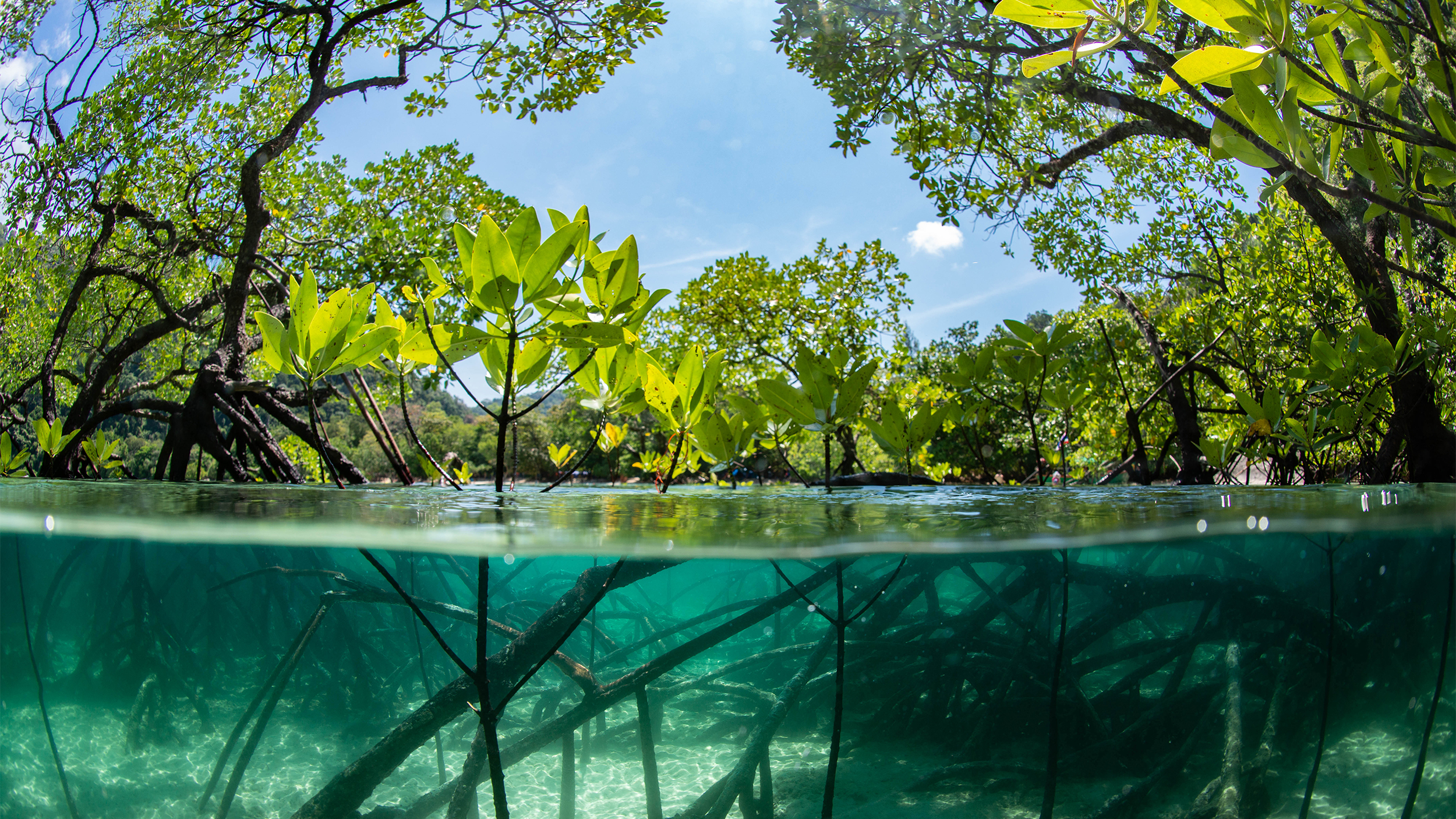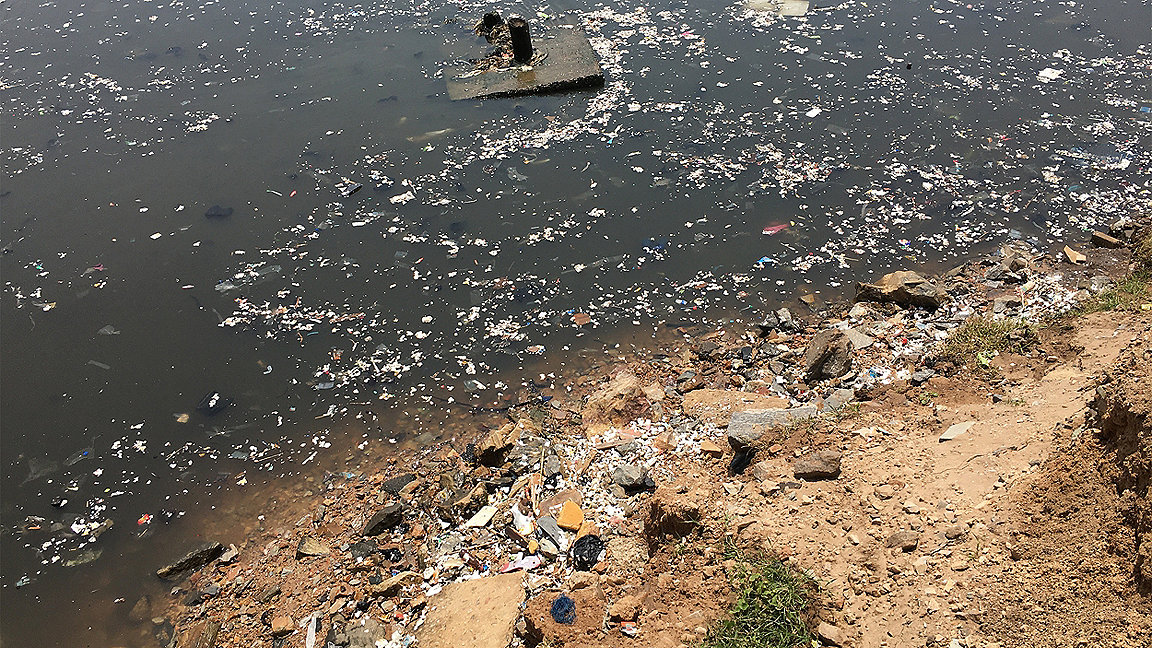
Plastic pollution in Korle lagoon, Accra. © Sian Davies-Vollum
Lagoons are the unsung hero of coastal environments. Common along low-lying coastlines around the world, these fragile aquatic environments delicately balance marine and terrestrial systems and cycles.
They occur on the landward side of beach barriers and have varying connectivity to the open ocean. Some are rarely connected to the sea, confined behind sandy barriers and deriving most of their water from land, while others have connections or inlets that allow the free flow of seawater.
Lagoons support high levels of biodiversity and are one of the most productive ecosystems on earth. Many are the sites of critical wetlands that act as natural carbon sinks. They also provide an abundance of other ecosystem services that cross ecological, social, cultural and economic boundaries.
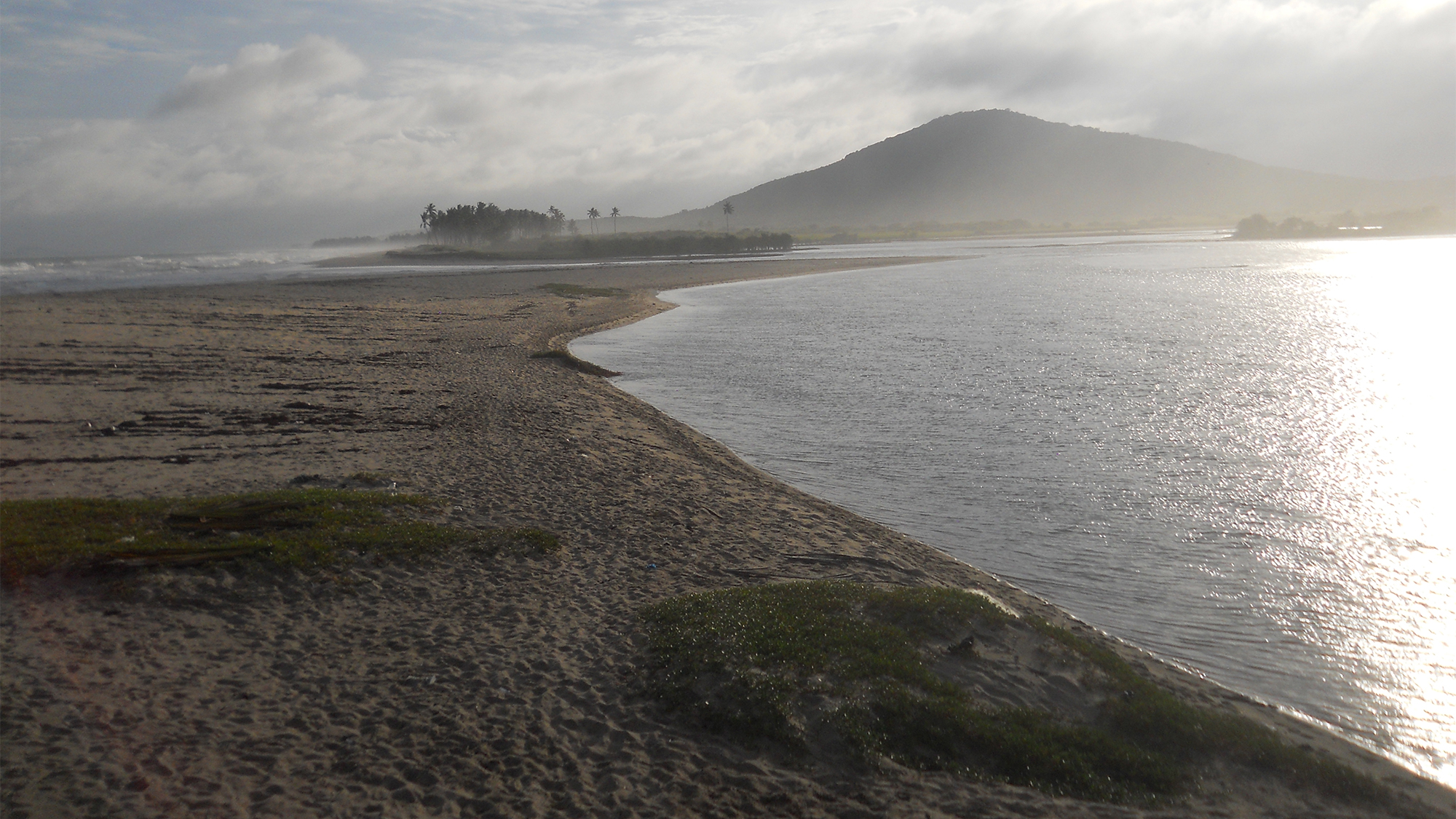
Muni lagoon, looking west showing lagoon, ocean, barrier and the lagoon inlet in the distance. © Sian Davies-Vollum
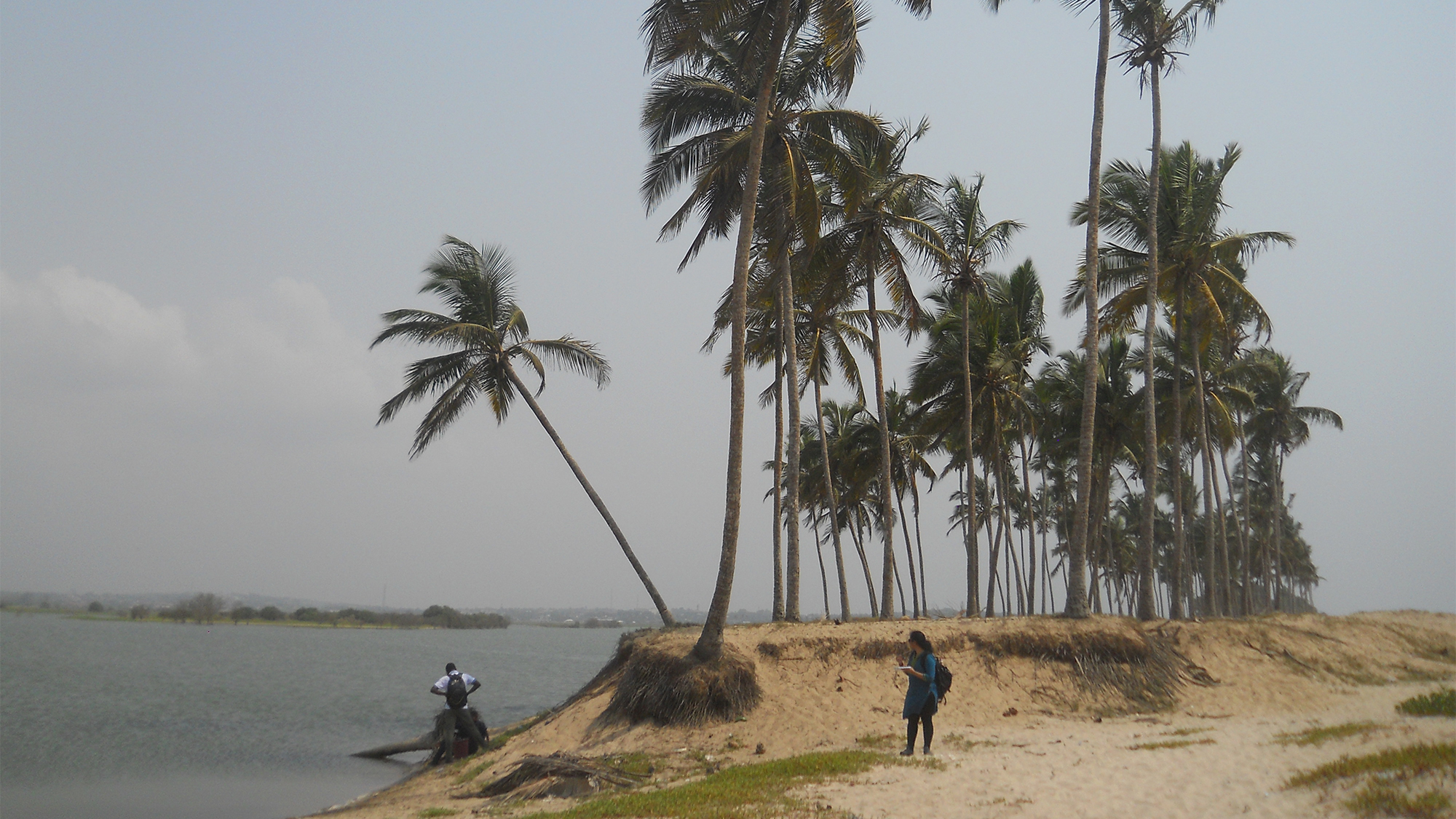
Coastal erosion, eroded barrier, Muni lagoon, Winneba, Ghana. © Sian Davies-Vollum
Lagoon communities under environmental pressure
However, by virtue of their extreme sensitivity to climate change – and to sea level rise in particular – lagoons are highly vulnerable to climate change. The barriers that separate them from the ocean are low-lying and made of easily erodible sediment.
Increasing sea levels, storm surges and extreme weather events all contribute to erosion and to physical degradation of the lagoons, often resulting in flooding and loss of nearby buildings and infrastructure – most famously in Venice.
In low- and middle-income countries, where subsistence communities can be entirely dependent on their local environments and natural resources, there a double whammy of climate change and development challenges. This is compounded by policy and planning that is often ineffective due to its top-down approach and the lack of adequate resources for implementation.
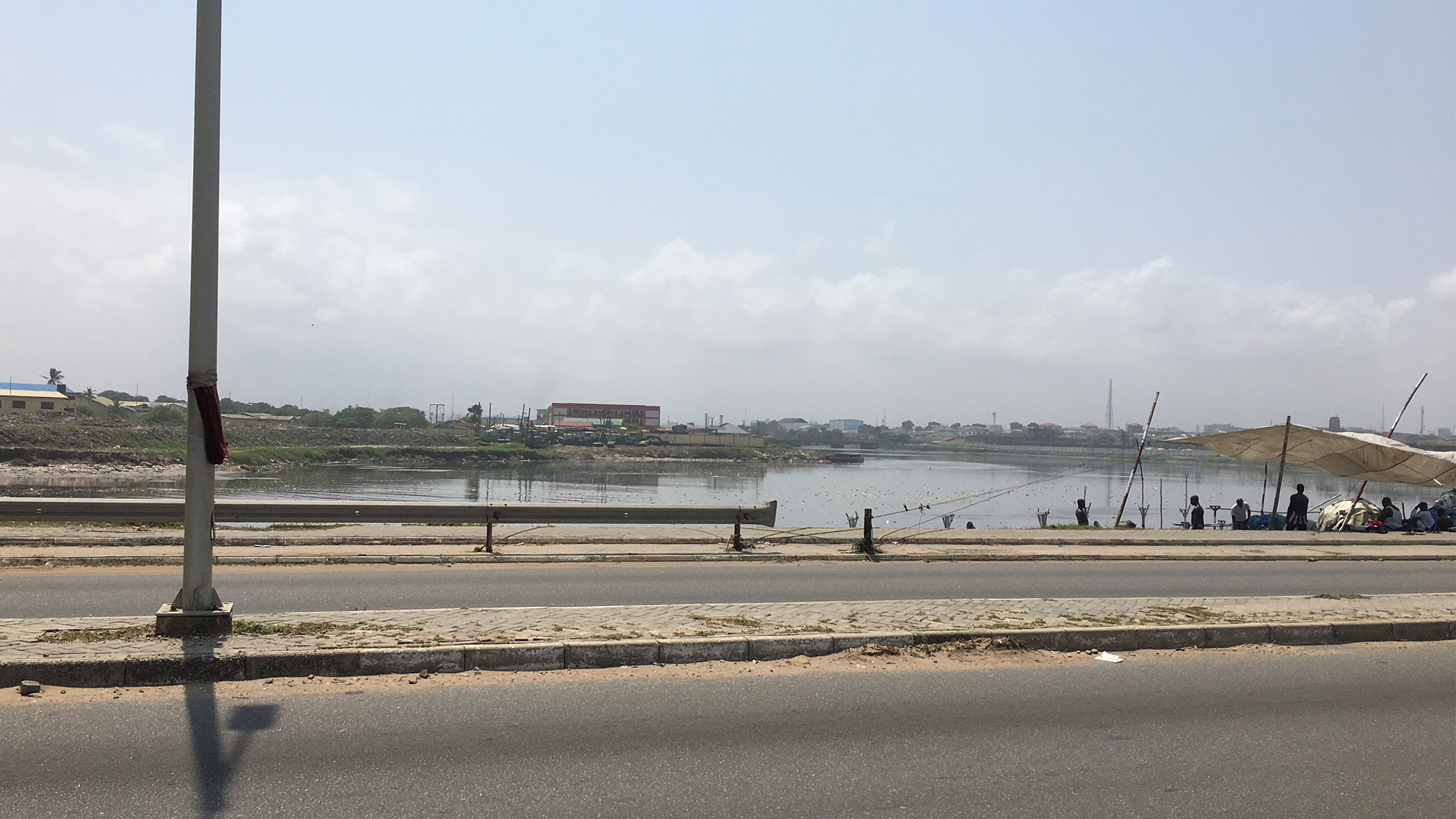
Korle lagoon, Accra, Ghana, an urban lagoon. © Sian Davies-Vollum
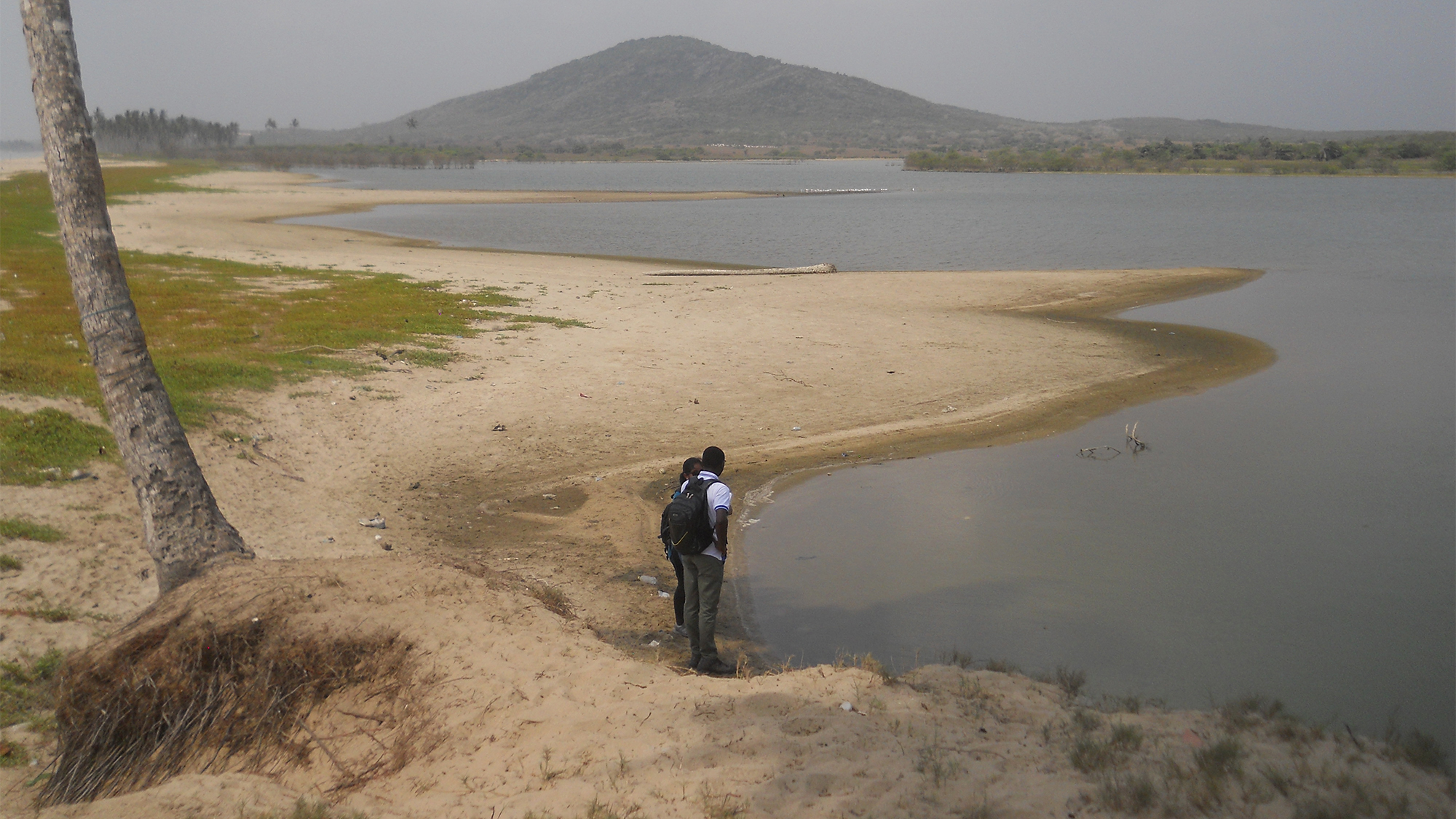
Muni lagoon, Ghana, rural lagoon. © Sian Davies-Vollum
In West Africa, for instance, lagoons are the dominant coastal environment. Many major urban areas are in close proximity to lagoons and rely on them for their economies, such as:
- Lagos, Nigeria
- Accra, Ghana
- Abidjan, Ivory Coast
- Dakar, Senegal.
The growth of these cities was supported by the fresh water, food sources and sheltered harbours that the lagoons afforded. At the same time, they provided the natural resources and livelihoods for rural coastal fishing communities.
However, all such lagoons and communities face multifaceted but interconnected barriers to a sustainable future. The impacts of climate change are a key impediment, but the issues extend to resource management, migration and poor infrastructure – creating a classic wicked problem.
Coastal urban areas in the region are growing rapidly, with buildings and infrastructure encroaching on shores and increasing lagoon-side populations putting pressure on local natural resources.
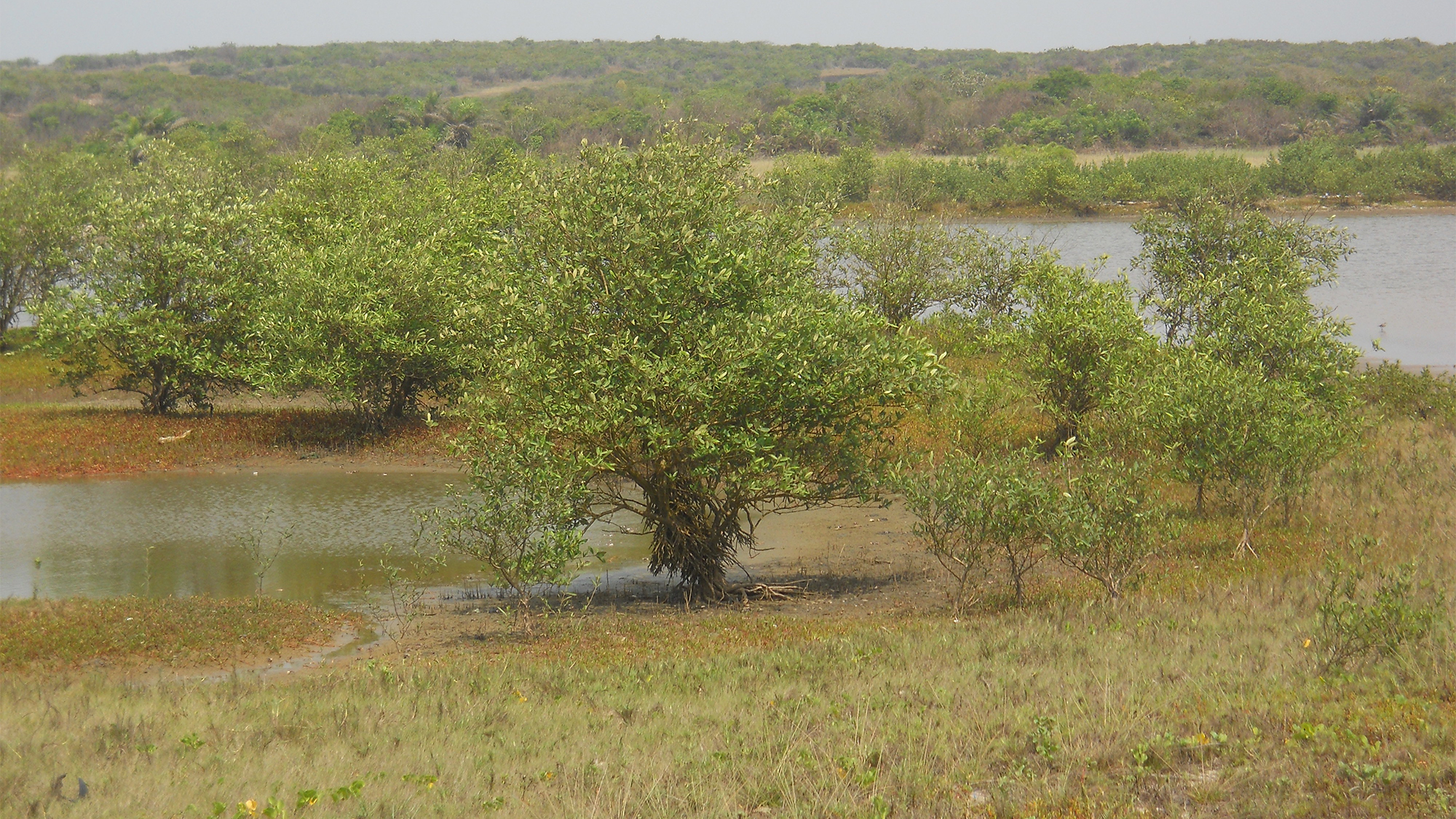
Replanting mangroves, Muni lagoon, Winneba, Ghana. © Sian Davies-Vollum
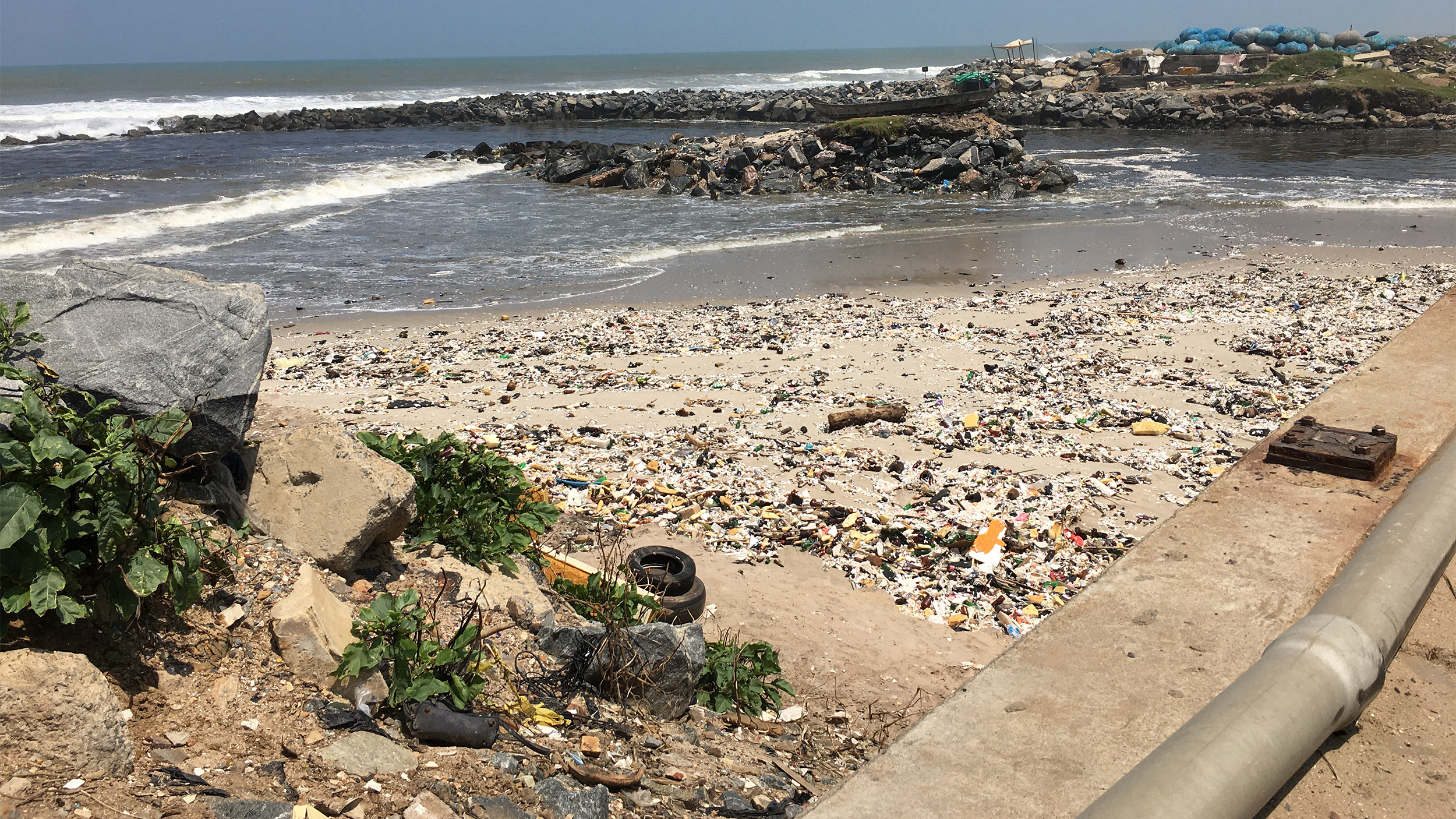
Plastic pollution, Korle lagoon, Accra, Ghana. Image © Sian Davies-Vollum
Resource exploitation and pollution pose twin threat
Mangroves are arguably the cornerstone species for lagoon sustainability, acting as a natural buffer against sea level rise and erosion, providing spawning grounds for fish and contributing to water quality by filtering out pollutants. They are also a key natural resource, offering wood to build structures and fuel for cooking.
But degradation and mismanagement is widespread in the region as they have been cut to create land for development and harvested for firewood. At the rural Muni lagoon in Ghana, mangroves were cleared extensively in the late 20th century, not only for cooking fuel but also to smoke fish before sale at market.
Sand, the foundation of lagoon-barrier coastal systems, is also exploited to provide materials for construction, even though this practice is widely banned. Its removal exacerbates erosion and reduces natural defences for the coastal areas.
Underpinning many of these challenges is inadequate planning for growing coastal developments and insufficient infrastructure to support them. Informal and unplanned developments that have grown up around lagoons often lack proper sanitation and waste management. Coupled with unmanaged urban drainage and, in some cases industrial pollution, this results in poor water quality that puts ecosystems and humans at risk.
High levels of petroleum and heavy metal-based pollutants in Lagos lagoon in Nigeria meanwhile mean water quality is progressively deteriorating, adversely affecting ecosystems as well as the livelihood and health of coastal populations.
Increasingly, plastics are also accumulating in lagoons. These may have a local source or be brought on shore with fish catches. The lack of waste management and poor local understanding of the effects of plastics in the environment means there is limited removal or recycling.
Most major urban waterways drain into Korle lagoon in Accra, Ghana, for instance, bringing with them the waste products of the city including increasing amounts of plastic. This makes the lagoon one of the most polluted bodies of water on Earth.
Framework aims to support sustainability
Resilient Lagoon Network (RLN) was therefore established to support sustainable lagoon governance. Collaborative networks of community members, government institutions, NGOs, researchers, policymakers and practitioners are required to create processes of implementation for that governance.
With the support of a networking grant from UK Research and Innovation's Global Challenges Research Fund the network has brought together coastal researchers from the UK and across West Africa to understand the status of lagoons in the region and secure and support their sustainability.
The network is also bringing together coastal practitioners and those involved in governance with individuals who live and work around lagoons. A series of stakeholder meetings and workshops led by RLN has given a voice to these stakeholders and enabled dialogue between those with different perspectives to better share understanding of the issues and discuss ways to deal with them.
Meetings have been in person, online and hybrid, allowing those working and living at different lagoons to learn about each other's lived experiences. From listening to the various parties and making use of stakeholder narratives, the RLN has developed a policy brief and framework for the sustainable management of lagoons.
This framework advocates a bottom-up approach. Drawing on the lessons learned, the framework is human-centred with the needs of lagoon communities at its heart. Previous governance did not include human needs, so this framework, which puts them at the centre, with the interconnected natural, ecological, economic and governance aspects around is a departure. An understanding of the key indicators for lagoon sustainability – encompassing social, economic, governance and environmental aspects – is essential to the framework.
'The network has developed a policy brief and framework for the sustainable management of lagoons'
| Socio-economic | Governance | Environmental |
|
|
|
|
|
|
|
|
|
|
|
|
|
|
|
|
Key indicators of sustainable lagoons
| Socio-economic | Governance | Environmental |
|
|
|
|
|
|
|
|
|
|
|
|
|
|
|
|
Sustainable governance is underpinned by approaches that are collaborative, participatory and inclusive, informed by stakeholders rather than coming from the top. This is supported by flexible practices that have a place-based perspective, which accommodates and recognises the differing needs of stakeholders and understands that not all lagoons will require the same approach. There are very few examples of co-created solutions that are built around the socio-ecological-environmental relationship.
The framework suggests which groups might be considered stakeholders, spanning those from governance, commerce and the community as well as champions of knowledge exchange, such as researchers and NGOs.
The RLN is currently disseminating the framework connecting with other networks and establishing partnerships with government, non-governmental organisations and small and medium enterprises to find ways in which it can be put into practice.
Dr Debadayita Raha is lecturer in environmental social science at the School of Built and Natural Environment, University of Derby
Contact Debadayita: Email
Prof. Sian Davies-Vollum is deputy dean at the Faculty of Arts, Science and Technology, University of Northampton
Contact Sian: Email
Related competencies include: Management of the natural environment and landscape, Surveying land and sea, Use of the marine environment

